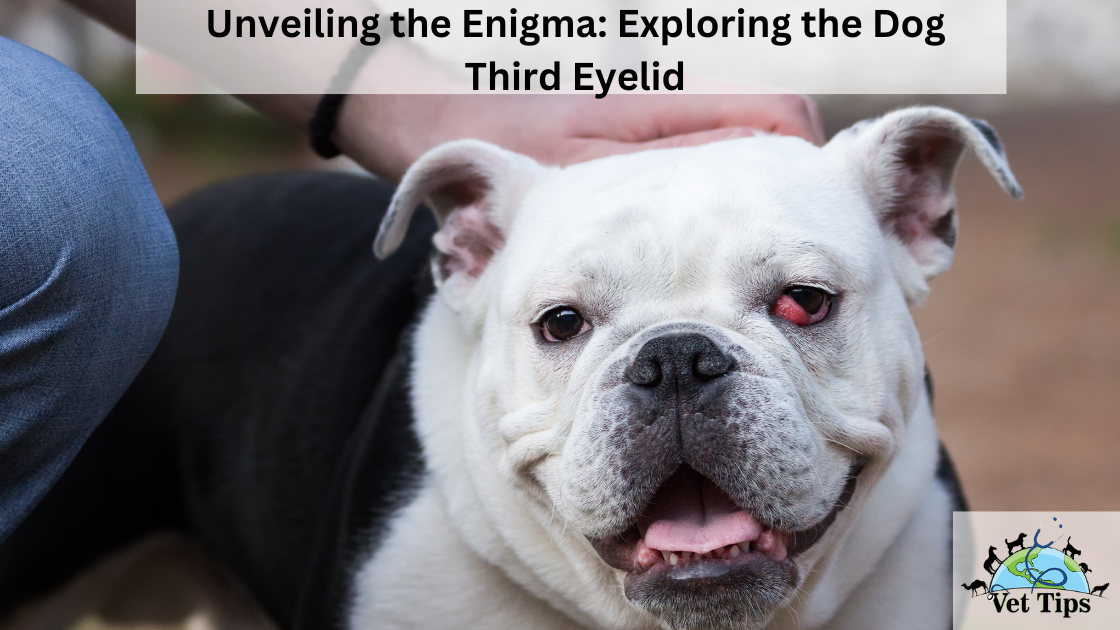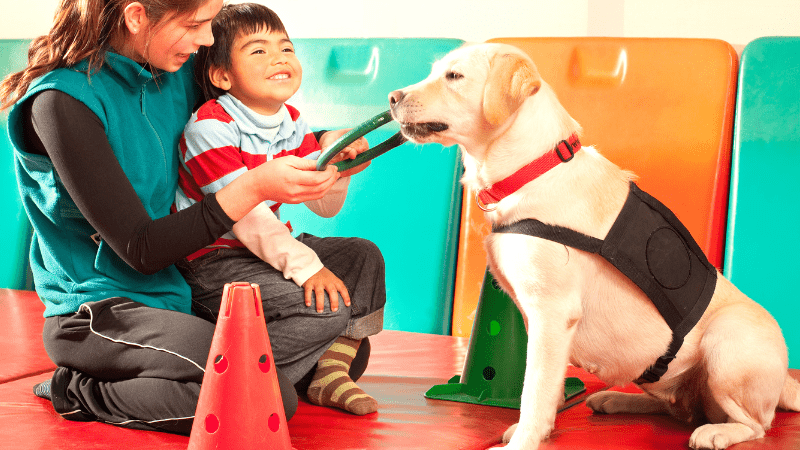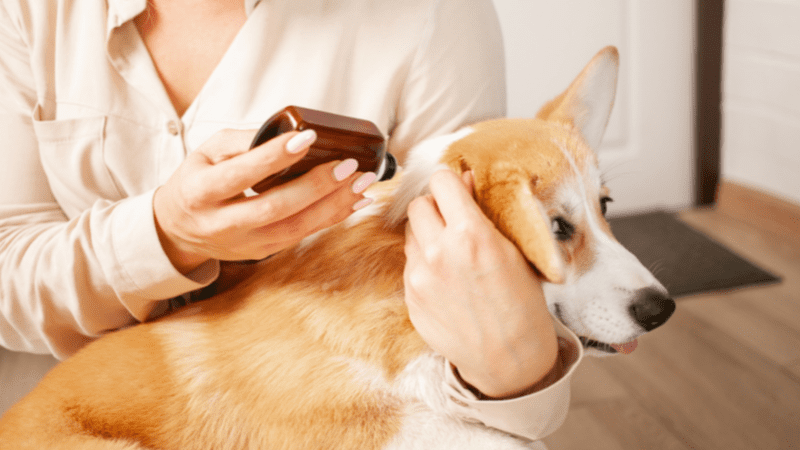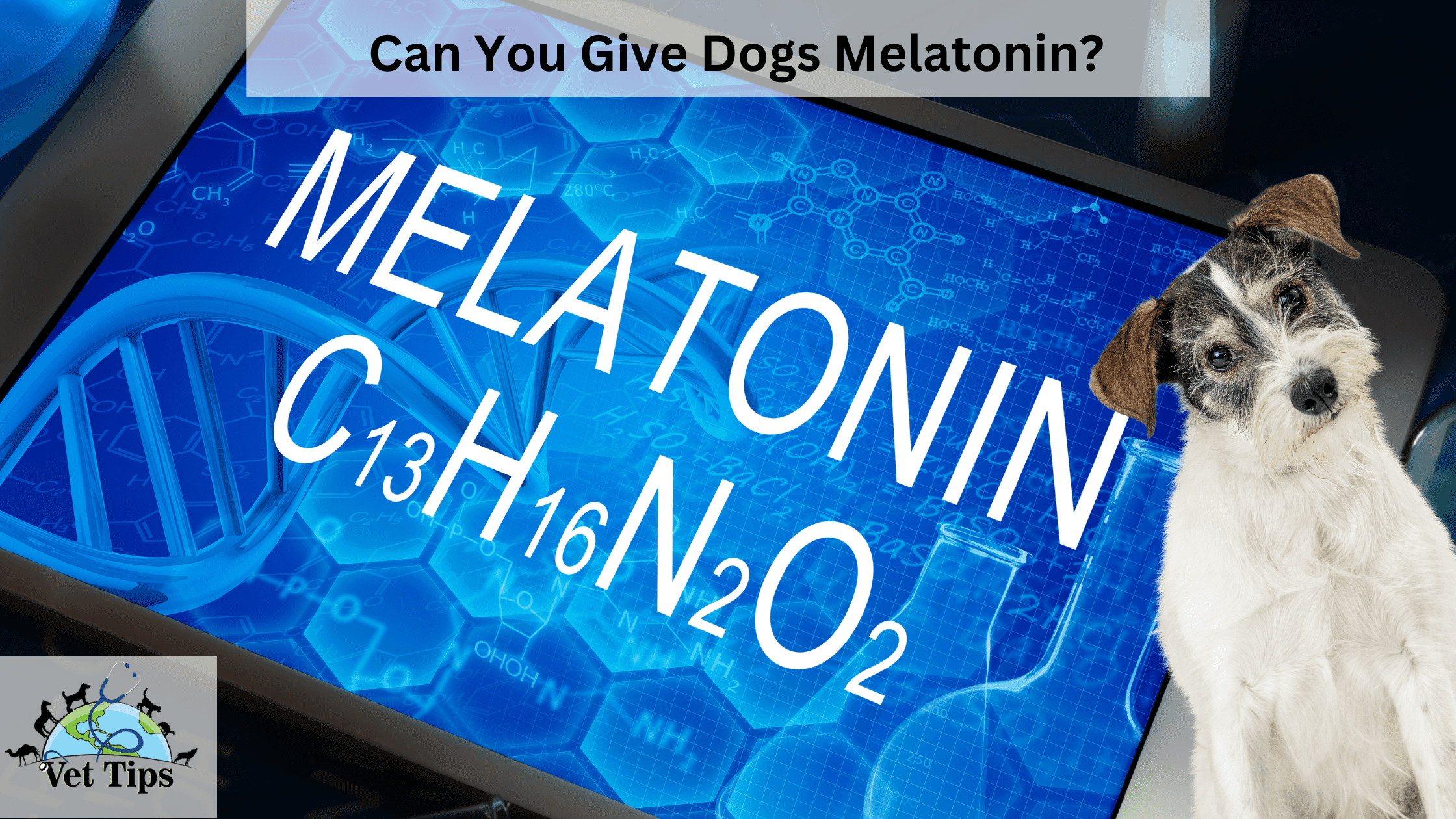In the world of canines, there is a peculiar trait known as the mysterious third eyelid that is typically overlooked by those who are just looking at dogs for a brief period of time. Our four-legged friends rely on this enigmatic tissue, which is also known as the nictitating membrane or haw, to fulfill an important function that is essential to their health. Let’s set off on an adventure of learning as we explore the intriguing world of the dog third eyelid, learning about its significance, purpose, and oddities along the way.
Unveiling the Dog Third Eyelid: What Lies Beneath
The dog’s third eyelid, which is a relatively unnoticeable but essential part of the dog’s ocular anatomy, plays an essential part in the protection of the eye. This transparent membrane may be found in the inner corner of the eye, and its design is distinctive in comparison to that of the major eyelids found on either the upper or lower eye. Its function is complex, ranging from the provision of protection to the facilitation of the dispersion of tears and the upkeep of healthy ocular tissue.
Comparative Analysis: Dog Third Eyelid vs. Human Eyelids
It is helpful to make an analogy with human eyelids in order to acquire an accurate understanding of the significance of the third eyelid. Dogs, in contrast to people, have an extra protective layer, which acts as a screen against foreign particles, dust, and debris. Unlike humans, dogs have this. Blinking is the major defense mechanism against these invaders in humans; however, the third eyelid in dogs works as an extra layer of defense, typically sweeping over the surface of the eye in a motion similar to that of sweeping a broom across the floor.
The Dynamic Nature of Canine Ocular Health
In addition to its outward characteristics, the third eyelid of a dog acts as a gauge to determine the state of its eyes. Its sporadic presence, especially during times of rest or illness, can provide extremely helpful information about a dog’s overall state of health. Consider it a form of covert communication on the part of our furry companions, a language that conveys feelings of ease or unease as well as the condition of their perceptual environment.
The Tale of Stress and the Third Eyelid
Stress and anxiety are experienced by dogs in the same ways that they are felt by people. It’s interesting to note that someone’s emotional condition may be accurately determined by looking at their third eyelid. The third eyelid of a dog may become more noticeable when the animal is subjected to a stressful scenario, such as going to the veterinarian or being outside during a storm. This response is frequently accompanied by other physical and behavioral signs, such as trembling, shallow breathing, or rapid foot movement. Even though it is not a clear diagnosis of stress, the sight of the third eyelid might encourage us to give comfort and find ways to lessen the source of the anxiousness.
Health Clues and the Third Eyelid’s Stealth
Have you ever observed that your dog’s third eyelid appears to be growing in prominence? It’s possible that this is a sign of a more serious problem with your health. The abrupt emergence of the third eyelid may be an indication of pain, discomfort, or inflammation of the eye. Even while dogs are experts at disguising their discomfort, even the slightest alteration in the look of their eyes can be an early warning sign. The sneaky appearance of the third eyelid can alert patients in need of quick medical attention to a variety of eye problems, including an item that has been embedded in the eye, an irritation brought on by allergies, or a more serious infection such as conjunctivitis.
The table below provides a snapshot of the conditions observed in the study:
| Third Eyelid Condition | Percentage of Cases |
| Normal (Concealed) | 60% |
| Mild Protrusion (Sleeping) | 20% |
| Abnormal Protrusion (Issues) | 15% |
| Full Cover (Protective) | 5% |
Breed-Specific Insights
The intricacy of the world of dog breeds brings with it a complex concoction of inherited qualities and personality traits. Because of their distinct facial morphology, certain breeds are more prone to developing problems with their third eyelids than others. For example, brachycephalic breeds are distinguished by their small noses and flat features. Brachycephalic breeds sometimes have shallow eye sockets, which makes their eyes more susceptible to injury. The third eyelids of dogs in this group, which includes Bulldogs, Pugs, and Boston Terriers, are more prone to irritation and damage than those of other dog breeds.
On the other hand, breeds that have large eyes, like Chihuahuas, are also more likely to have problems with their third eyelids since their ocular structures are more visible. When it comes to these breeds, maintaining their visual health requires vigilance as well as routine eye examinations.

Navigating the Path to Eye Wellness
It is our responsibility as responsible dog guardians to offer our four-legged friends the highest level of care that is feasible, particularly with regard to the health of their eyes. Examining a dog’s eyes on a regular basis should be part of the wellness regimen for every dog. Keep an eye out for any changes in the look or behavior of the third eyelid, and if you observe anything that seems out of the ordinary, don’t be afraid to talk to a veterinarian about it.
In addition to receiving veterinarian treatment, taking preventative actions can go a long way toward ensuring that your eyes remain healthy. A major improvement may be achieved with very straightforward measures, such as maintaining a clean environment for the dog, removing dirt from their eyes using eye wipes designed for dogs, and shielding their eyes from potential dangers while they are engaged in play.
A Final Glimpse Through the Third Eye
As we come to the end of our investigation of the dog’s third eyelid, we have found something that extends beyond the domain of physical anatomy. This modest structure, which is so frequently missed, possesses the ability to express feelings, give insights into one’s health, and remind us of the trip that we have traveled together with our canine companions.
When you glance into your dog’s eyes the next time, keep in mind that there’s more going on there than meets the eye. There is a universe of unsaid thoughts, feelings, and relationships that bind us all together hidden behind those brilliant orbs. Treasure the times you spend together, and allow the existence of the third eyelid to serve as a constant reminder of the profound connection that exists between people and the animals that share their lives.
FAQs
What is the purpose of the third eyelid in dogs?
The third eyelid is there to act as a barrier, protecting the eye from any potential irritants or injuries that may come into contact with it. In addition to this, it helps distribute tears, which is a factor that contributes to the preservation of ocular moisture.
Is it normal for the third eyelid to be visible?
Yes, the third eyelid can become partially visible in some situations, particularly during times of relaxation or tiredness. This is most likely to occur while the eye is closed. This is a normal reaction, and it does not necessarily signal that there is a problem deeper than the surface.
What can cause the third eyelid to become more prominent suddenly?
It is possible that pain, disease, or ocular discomfort are the causes of the sudden prominence of the third eyelid. In the event that this does place, it is highly recommended that you seek the advice of a veterinarian so that you can rule out any potential health problems.
Are some breeds more prone to third eyelid issues?
As a result of their distinctive facial architecture, certain dog breeds, such as Bulldogs and Cocker Spaniels, are more likely to experience issues that are associated with their third eyelid. Monitoring and care on a consistent basis are of the utmost importance for these breeds.
Can third eyelid issues be serious?
It’s true that problems with the third eyelid can vary from simple irritation to more serious disorders. A visit to the veterinarian is necessary if there is continuous irritation, discharge, or changes in behavior, even though there is a possibility that the occasional appearance of the third eyelid is not reason for alarm.
Tell us in the comments, how you like our article “Unveiling the Enigma: Exploring the Dog Third Eyelid”
For similar posts like this, click here.
For the source file, click here.




